
View here

View here
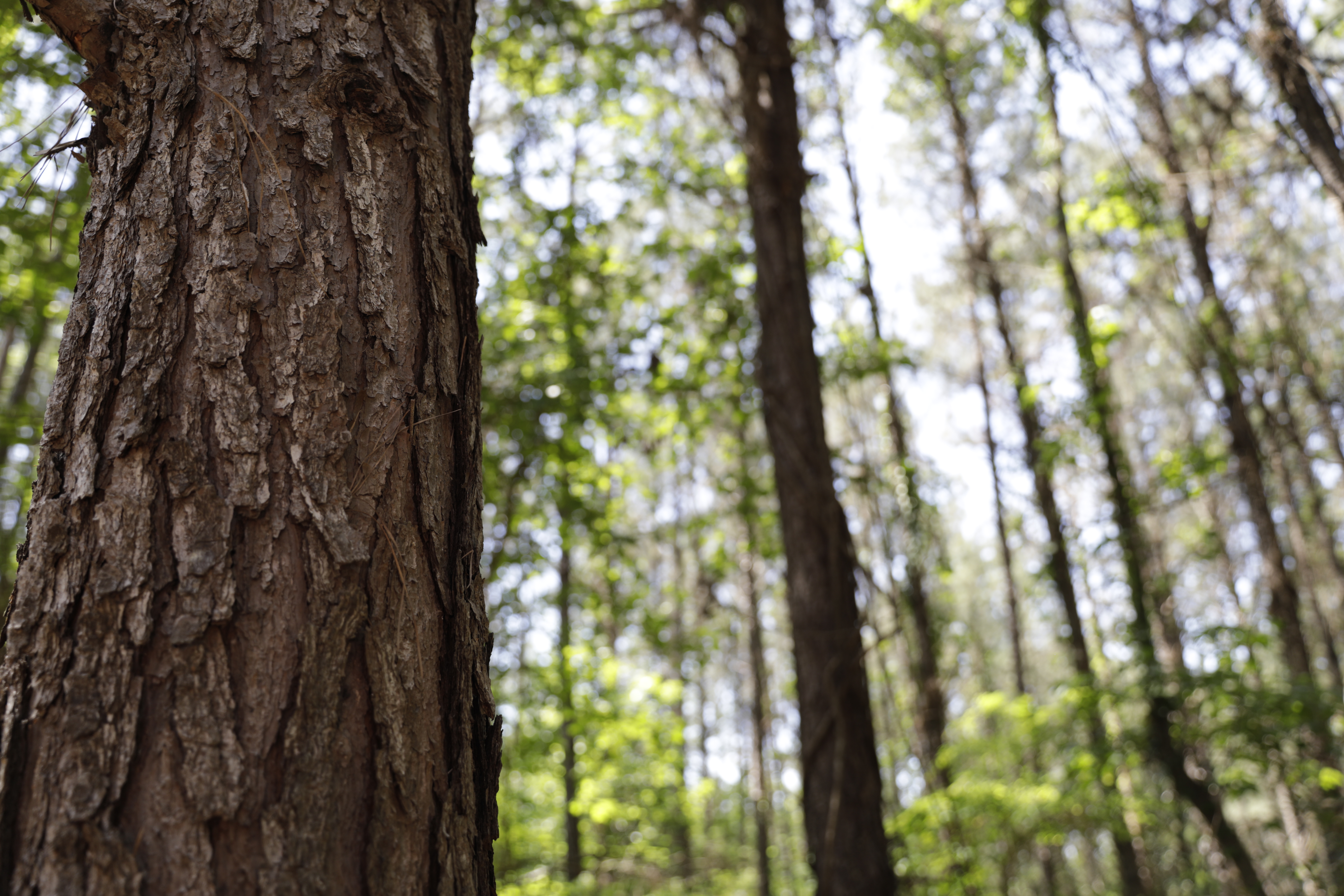
Electricity systems around the world are decarbonising and increasingly switching to renewable power sources. While intermittent sources, such as solar and wind, are the fastest growing types of renewables being installed globally, the reliability and flexibility of biomass and its ability to offer grid stabilisation services such as frequency control and inertia make it an increasingly necessary source of renewable power. According to the International Energy Agency biomass generation is forecast to expand as planned projects come online.
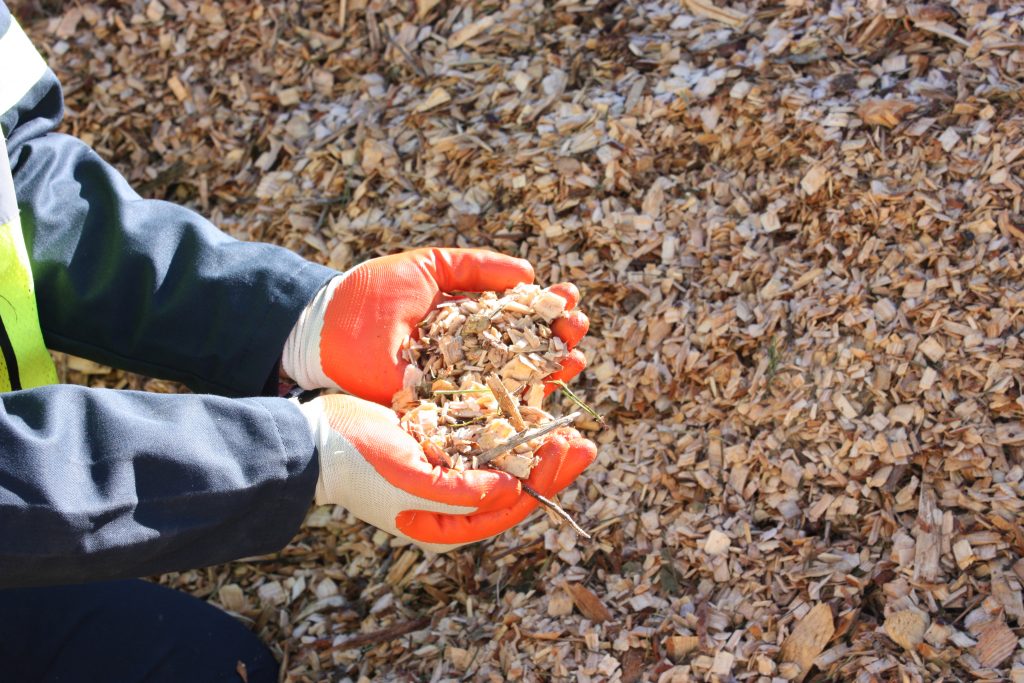
Biomass comes in many different forms. When looking to assess future demand and use, it is important to recognise benefits that different types of biomass bring. Compressed wood pellets are just one small part of the biomass spectrum, which includes many forms of agricultural and livestock residues, waste and bi-products – much of which is currently discarded or underutilised.
Maximising the use of these wastes and residues provides plenty of scope for expansion of the biomass energy sector around the world. The global installed capacity for biomass generation is expected to reach close to 140 gigawatts (GW) by 2026, which will be fuelled primarily by expansion in Asia using residues from food production and the forestry processing industry.
However, the use of woody biomass can also provide many benefits too, such as supplying a market for thinnings, providing a use for harvesting residues, encouraging better forest management practices and generating increased revenue for forest owners.
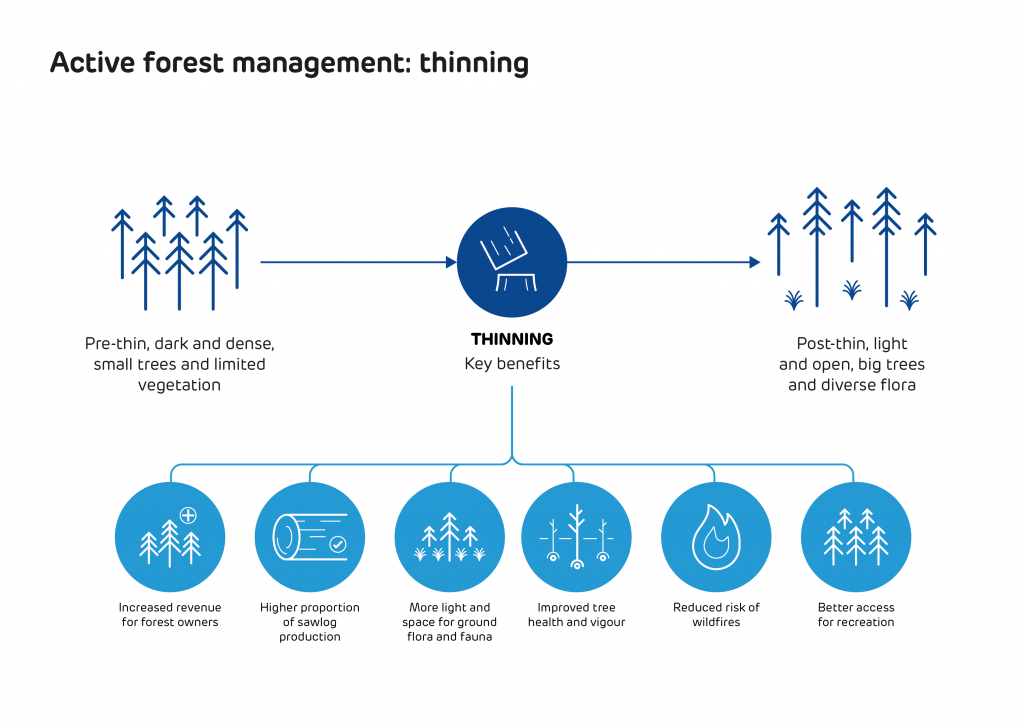
In areas like the US South, traditional markets for forest products have declined, whilst forest growth has significantly increased. According to the USDA Forest Inventory and Analysis (FIA) data, there is an average annual surplus of growth in the US South of more than 176 million cubic metres compared to removals – that’s enough to make around 84 million tonnes of wood pellets a year, from just one supply region.
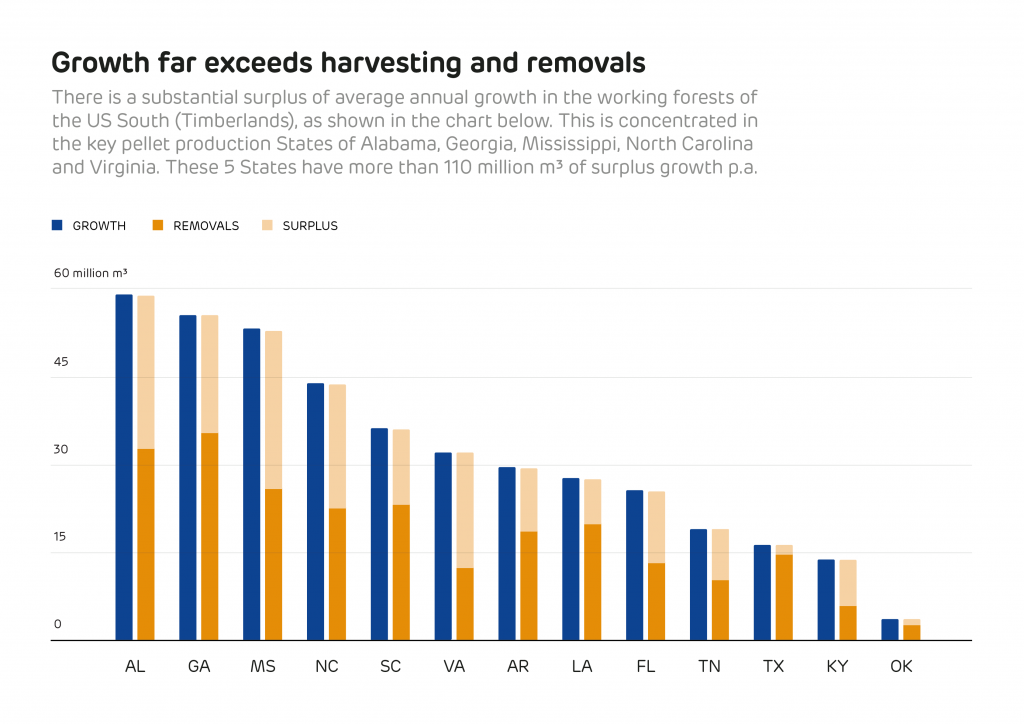
Of course, not all of this surplus growth could or should be used for bio-energy, much of it is suitable for high value markets like saw-timber or construction and some of it is located on inaccessible or protected sites. However, new and additional markets are essential to maintain the health of the forest resource and to encourage forest owners to retain and maintain their forest assets.
In the current wood pellet supply regions for Europe, Pöyry management consulting has calculated that there is a surplus of low grade wood fibre and residues that could make an additional 140 million tonnes of wood pellets each year.
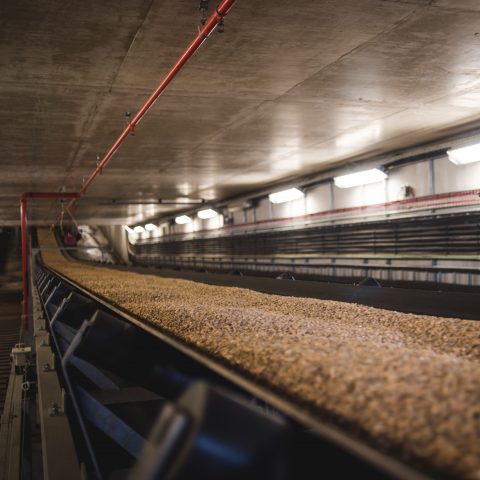
Compressed wood pellets on a conveyor belt
It is also necessary to look at the global production of all wood products to put wood pellet production into context. In 2016 the global production of industrial roundwood (the raw material used for construction, furniture, paper and other wood products) was 1.87 billion cubic metres, while the global production of wood fuel (used for domestic heating and cooking) was 1.86 billion cubic metres[1]. Only around 1.6% of this feedstock was used to make wood pellets, both for industrial energy and residential heat. The total production of wood pellets in 2016 was 28.4 million tonnes, of which only 45% was used for industrial energy[2].
While Forestry consulting and research firm Forisk predicts demand for industrial wood pellets (those used in electricity generation rather than residential heating) will grow globally at an annual rate of 15% for the next five years, reaching 27.5 megatonnes (Mt) by 2023, they are also clear that this growth, in context, will not impact forest volumes or other markets:
‘The wood pellet industry in the US South is not exploding, it is a tiny component of the overall market. Forest volumes in the South in total will continue to grow for decades no matter what bioenergy markets or housing markets do. The wood pellet sector simply and unequivocally cannot compete economically with US pulp and paper mills (80% of pulpwood demand in South) for raw material on a head-to-head basis[3].’
So, while demand for wood pellets is likely to increase over the next 10 years, this increase will be well within the scope of existing surplus fibre. The question, therefore, is can suppliers keep up with this demand? And can they do this while ensuring it remains sustainable, reliable and renewable?
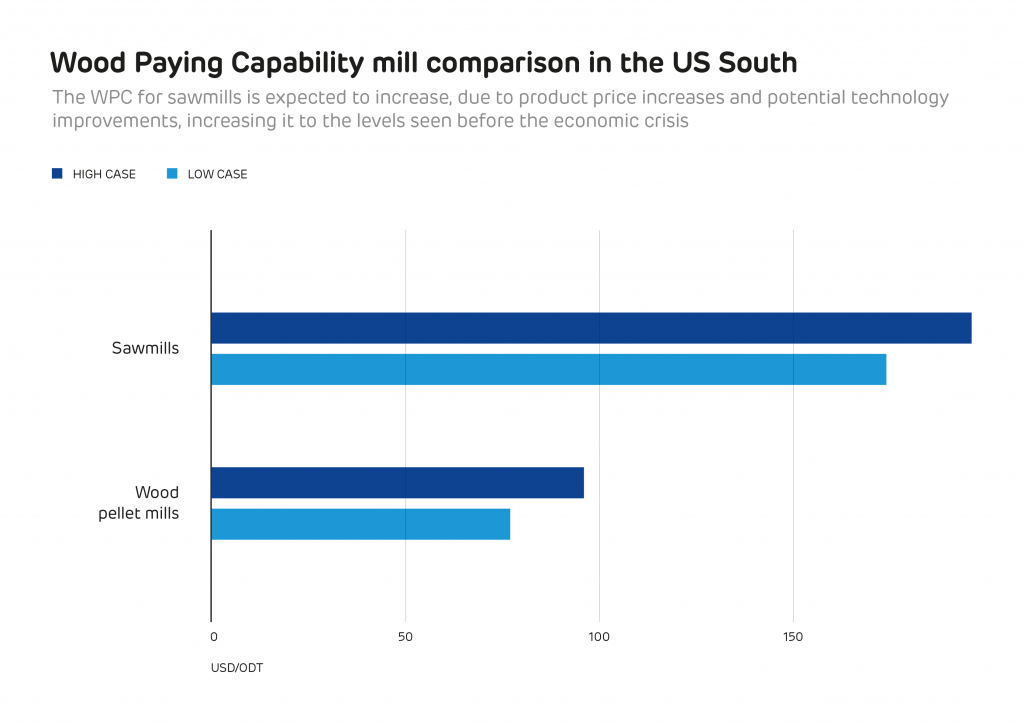
In the short-term, intelligence firm Hawkins Wright estimates global demand will increase by almost 30% during 2018 to reach 20.4 Mt, while Forisk predicts a smaller jump: an almost 5 Mt increase compared to 2017.
Most of this will continue to come from Europe (73% of global demand by 2021, more than 80% in 2018), where projects such as Lynemouth Power Station’s conversion from coal to biomass, as well as five co-firing units in the Netherlands are all set to come online very soon. While smaller in number, Asia is also developing a growing appetite for biomass and in 2018 demand is forecast to grow by 1.98 Mt.
These estimates might paint a picture of a continually soaring demand, but Forisk’s forecast actually expect this growth to plateau, levelling off around 2023 at 27.5 Mt. Hawkins Wright expects a similar slow down, forecasting manageable growth of under 15% between 2023 and 2026.
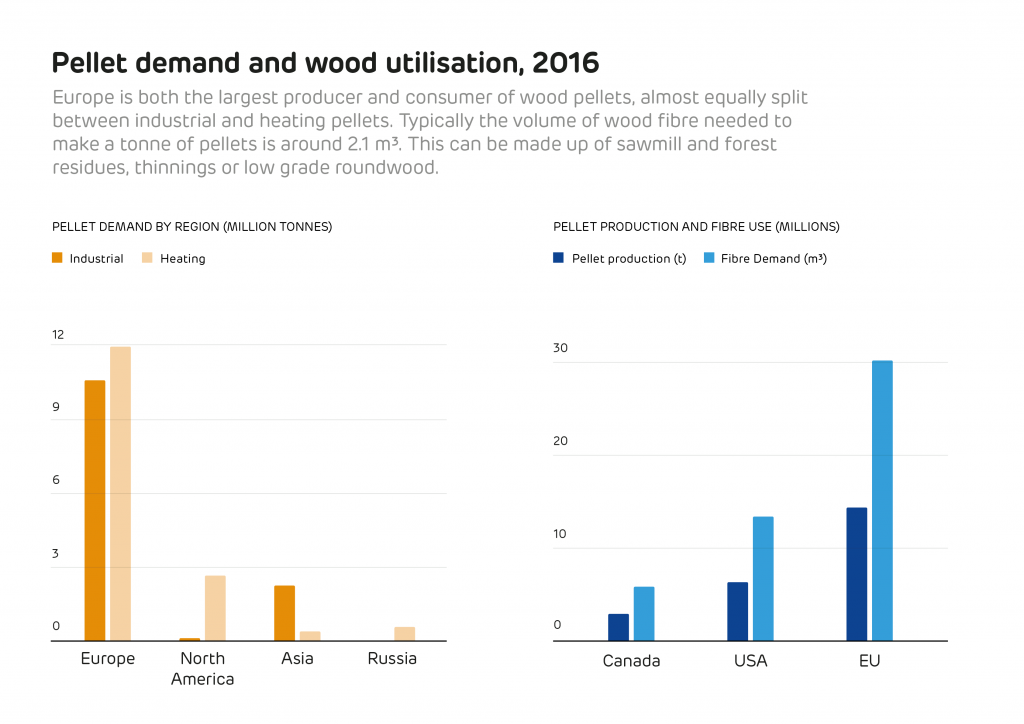
A forestry specialist at Drax Group, believes this plateau could come even sooner.
“Current and future forecasts in industrial wood pellet demand are based on a series of planned conversions and projects coming online,” he explains.
“But once these projects are active, demand in Europe will likely plateau around 2021 and then gradually reduce as various EU support schemes for industrial biomass come to an end. Any long term use of biomass is likely to be based on agricultural residues and wastes.”
But even with this expected slowdown, the biomass demand of the near future will be substantially higher than it is right now. So, the question remains, can suppliers meet the need for biomass pellets?
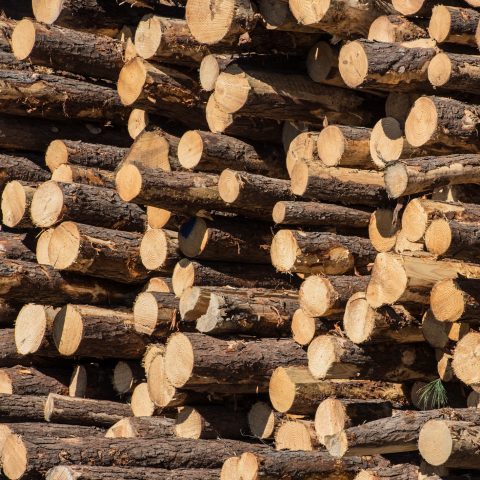
Meeting this growing demand depends on two factors: sufficient raw materials and the production capabilities to turn those materials into biomass pellets.
In today’s market, there’s no shortage of raw materials and low grade fibre. Instead, what could cause challenges is the production of pellets.
Hawkins Wright reports the capacity for global industrial pellet production was roughly 21.4 Mt a year at the end of 2017 and will increase by a further 3 Mt by 2019 as facilities currently under construction reach completion.
It means that to meet even Forisk’s conservative 27.5 Mt prediction by 2023, pellet production needs to increase. However, Drax’s specialist points to the three to four years needed to complete pellet facilities and the relatively short period of time financial support programmes will remain in place as something that could lead to a slowdown in new plants coming online. Instead, he says, expansions of existing plants and the increased use of small-scale facilities will become crucial to increasing overall production.
However the biomass market changes and develops, it remains critical that proper regulation is in place, efficiencies are found and that technological innovation continues within the forestry industry so forests are grown and managed sustainably.
As we move into a low-carbon future we know that biomass demand will increase. But for this to be truly beneficial and sustainable we need to ensure we are not only meeting the demand of today but also of tomorrow, the day after tomorrow and beyond.
[1] Source: FAOSTAT
[2] Source: Hawkins Wright, The Outlook for Wood Pellets, Q4 2017
[3] https://www.forisk.com/blog/2015/10/23/nibbling-on-a-chicken-or-nibbling-on-an-elephant-another-example-of-incomplete-and-misleading-analysis-of-us-forest-sustainability-and-wood-bioenergy-markets/
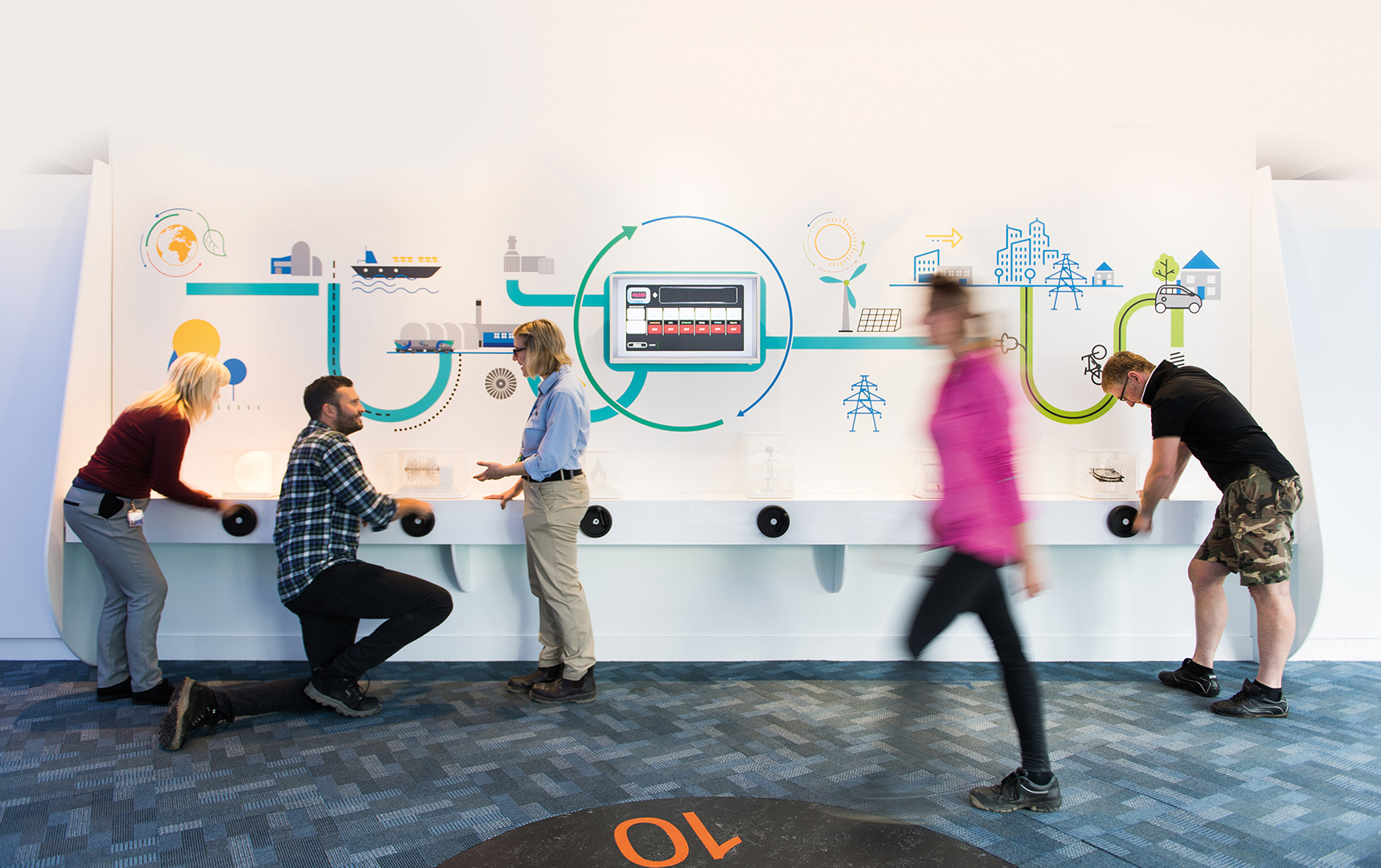
Through our integrated value chain and flexible lower-carbon energy proposition … [Read more]
We are nothing without our people and we take our commitment to provide a safe and healthy workplace … [Read more]
We focus relentlessly on improving our service and developing stronger relationships with our customers … [Read more]
We are committed to enabling a low-carbon future by moving away from coal … [Read more]
Our commitment to sourcing natural resources responsibly is underpinned by our sustainability policy … [Read more]
Our responsibility for the environment as a major power supplier goes beyond reducing carbon dioxide … [Read more]
Our contribution to the community takes many forms, from our direct role in areas … [Read more]
The boundaries between users, suppliers and generators are blurring, writes CEO Will Gardiner … [Read more].
Improved performance has guided our business purpose for over four decades … [Read more]
Reporting on the 10 principles of the UN Global Compact … [Read more]
Truck dumps, a new train line and use of sawmill residues are helping our own biomass producer … [Read more].
Opus Energy works with thousands of renewable electricity generators. Find out more in this purchase power agreement … [Read more]
We are passionate about supporting the economy of the North of England … [Read more]
Excellent customer service is at the heart of our business … [Read more]
Drax is committed to protecting biodiversity and playing an active role in habitat enhancement … [Read more]
In many US States, including those in which Drax Biomass operates, there is a system of local taxation … [Read more]
The oldest sustainable family woodland system in the US … [Read more]
We continue to strengthen, develop and deliver our people strategy across the Group … [Read more]
We strive to make a positive impact on local communities to ensure we understand the potential impacts … [Read more]
The Sustainable Biomass Program’s (SBP) vision is an economically, environmentally and socially sustainable … [Read more]
Working with Pinewells, a supplier of sustainable wood pellets in Portugal … [Read more]
Ensuring industry respects people’s rights and makes a positive contribution to the social and economic … [Read more]
Haven Power employees have worked with the Eden-Rose Coppice Trust to help transform a woodland … [Read more]

The UK energy sector is changing rapidly. The boundaries between users, suppliers and generators are blurring as energy users are choosing to generate their own energy and are managing their energy use more proactively while, conversely, generators are increasingly seeing users as potential sources of generation and providers of demand management.
“The UK is undergoing an unprecedented energy revolution with electricity at its heart – a transition to a low-carbon society requiring new energy solutions for power generation, heating, transport and the wider economy”
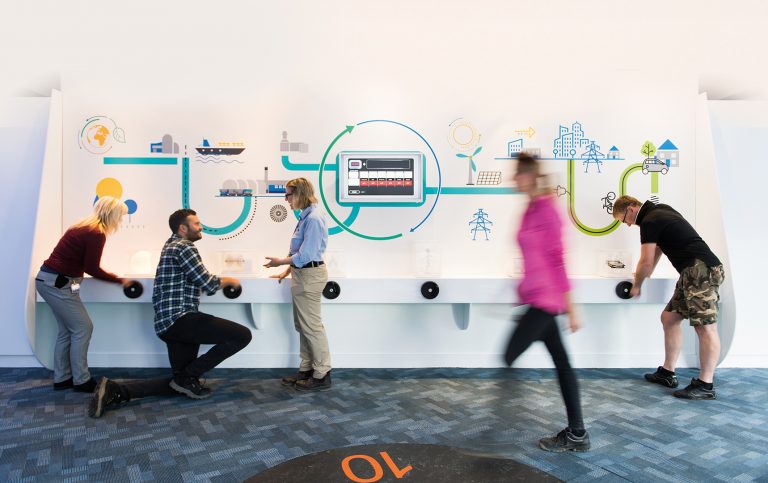
In that context, our Group’s purpose is to help change the way energy is generated, supplied and used for a better future. This means that sustainability, in its broadest sense, must be at the very core of what we do. Successful delivery of our purpose depends on all our people, across all our businesses, doing the right thing, every day. With the right products and services, we can go even further and help our customers make the right, sustainable energy choices.
As our businesses transform and we embrace a larger customer base, different generation technologies and operate internationally, the range of sustainability issues we face is widening and becoming more complex. At the same time, the range of stakeholders looking to Drax for responsible leadership on sustainability is increasing. The need for transparency is greater than ever, so our website’s sustainability section provides a comprehensive insight into the Group’s environmental, social and governance management and performance during 2017.


We initiated a process which would allow us to participate in the United Nations Global Compact (UNGC). We are committed to the initiative and its ten principles, which align with our culture of doing the right thing.
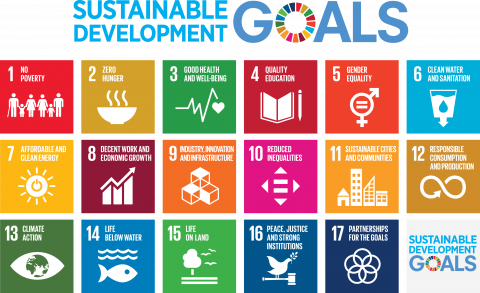 Our website’s sustainability section also sets out our commitment to achieving the United Nations’ Sustainable Development Goals through our operations, the services we deliver to our customers and in partnership with others.
Our website’s sustainability section also sets out our commitment to achieving the United Nations’ Sustainable Development Goals through our operations, the services we deliver to our customers and in partnership with others.
Global ambitions and goals are important, but so too are our ambitions for our local and regional communities. As such, we have played a key role in the UK Northern Powerhouse Partnership, initiatives such as POWERful Women and a comprehensive programme of stakeholder engagement.
“Sustainability, in its broadest sense, must be at the very core of what we do”
 Finally, I do not believe any organisation, however well intentioned, can get its commitment to sustainability perfect on its own and I am very keen for Drax to learn from people reading our website’s sustainability section. It sets out what we see as our achievements and aspects in which we believe we need to do better. I would like to invite any stakeholder with an interest to comment on what we’re doing and help us improve where we can. Feedback can be submitted at Contact us or via our Twitter account or Facebook page.
Finally, I do not believe any organisation, however well intentioned, can get its commitment to sustainability perfect on its own and I am very keen for Drax to learn from people reading our website’s sustainability section. It sets out what we see as our achievements and aspects in which we believe we need to do better. I would like to invite any stakeholder with an interest to comment on what we’re doing and help us improve where we can. Feedback can be submitted at Contact us or via our Twitter account or Facebook page.
Read the Chief Executive’s Review in the Drax Group plc annual report and accounts
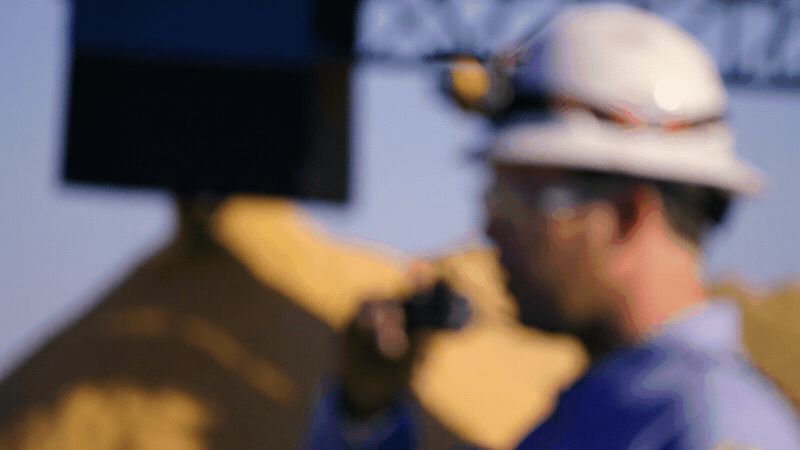
In 2015, the United Nations launched 17 Sustainable Development Goals (SDGs) to end poverty, protect the planet and ensure prosperity for all by 2030. At Drax, improved performance has guided our business purpose for over four decades. We are committed to play our part in achieving the UN SDGs through our operations, the services we deliver to our customers and in partnership with others.
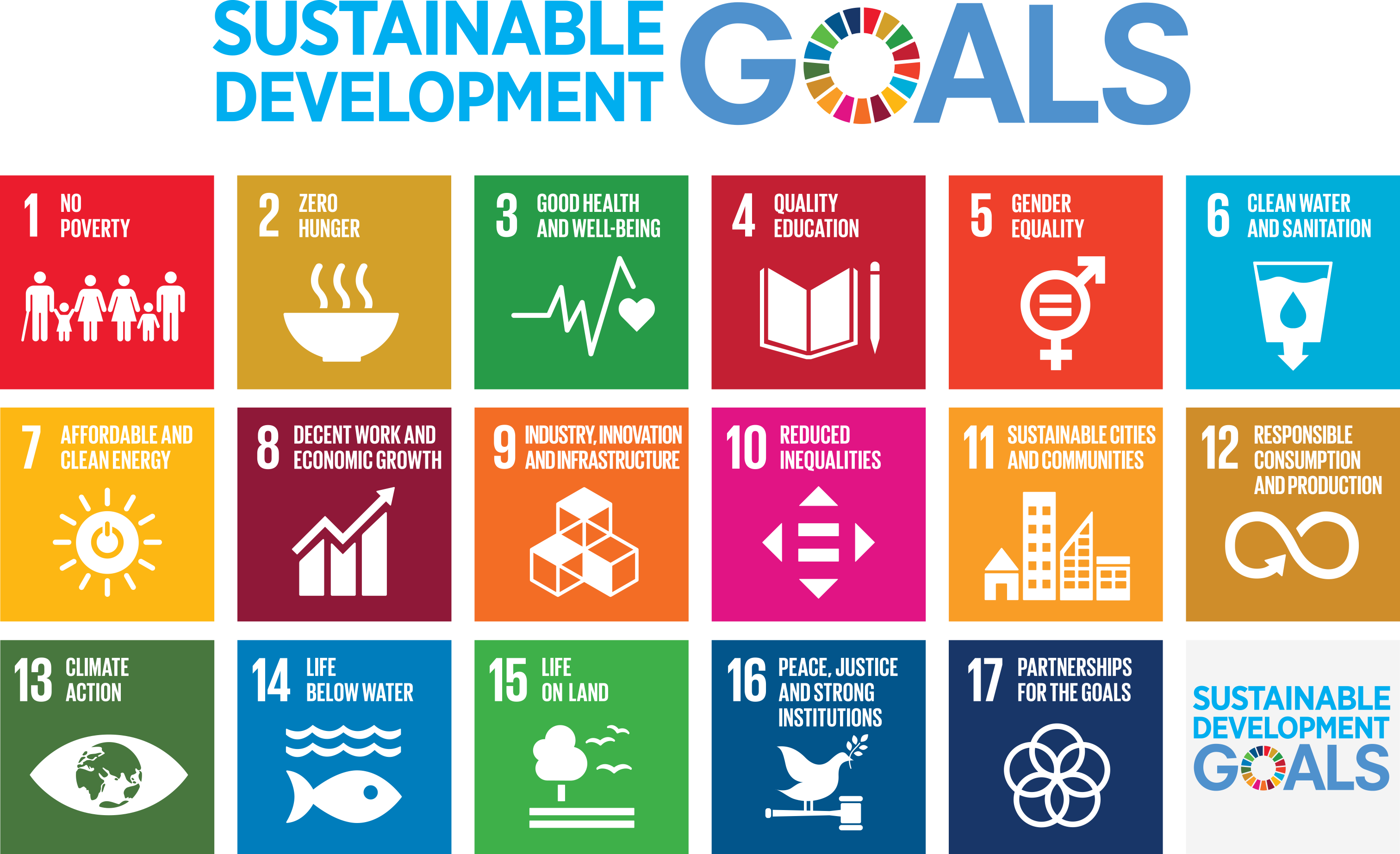

We provide 6% of the UK’s electricity and play a vital role in helping change the way energy is generated, supplied and used as the UK moves to a low-carbon future. In 2017, 65% of the electricity we produced came from biomass, rather than coal. Our B2B Energy Supply businesses encourage customers to be more sustainable, including through the provision of reliable, renewable electricity at no premium compared to fossil fuel-generated electricity.

We directly employ over 2,500 people in the United Kingdom and United States and their health, safety and wellbeing remains our highest priority. Our B2B Energy Supply business offers energy solutions and value-added services to industrial, corporate and small business customers across the UK.

We develop innovative energy solutions to enable the flexible generation and lower-carbon energy supply needed for a low-carbon future. We also innovate to improve the efficiency of our operations and increase our production capacity, notably in our biomass supply chain. Our B2B Energy Supply business offers “intelligent sustainability” and innovative products and services to our customers.

Our electricity generation activities are a source of carbon emissions. We are committed to helping a low-carbon future by moving away from coal and towards renewable and cleaner fuels, including biomass electricity generation and our planned rapid-response gas plants. We also help our business customers to be more sustainable through the supply of renewable electricity.
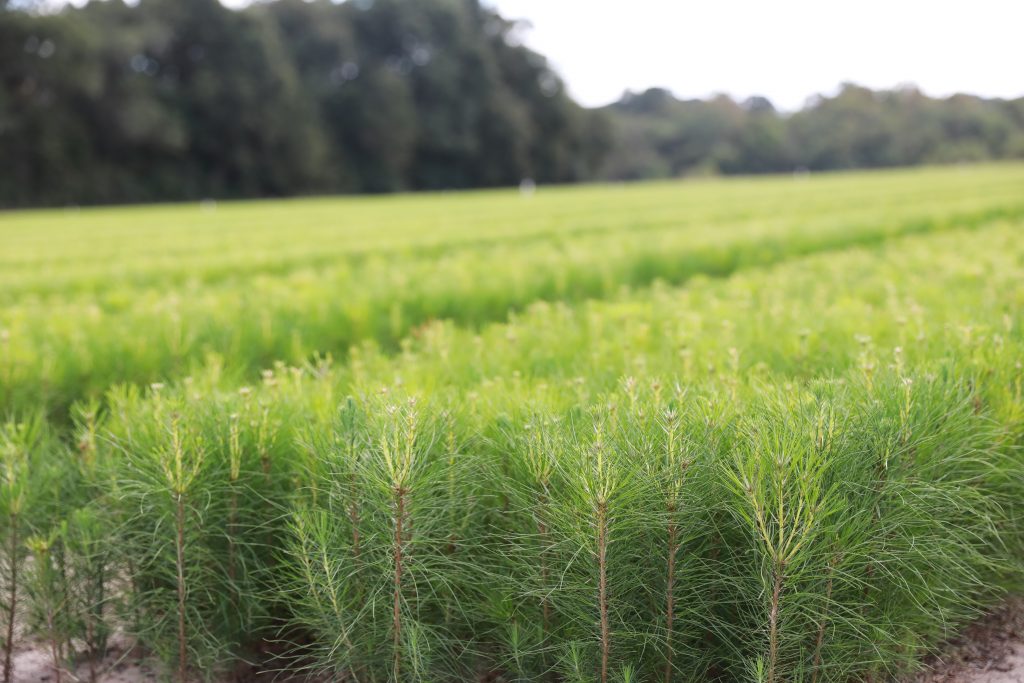
We source sustainable biomass for our electricity generation activities and engage proactively with our supply chain to ensure that the forests we source from are responsibly managed. We work closely with our suppliers and through tough screening and audits ensure that we never cause deforestation, forest decline or source from areas officially protected from forestry activities or where endangered species may be harmed.
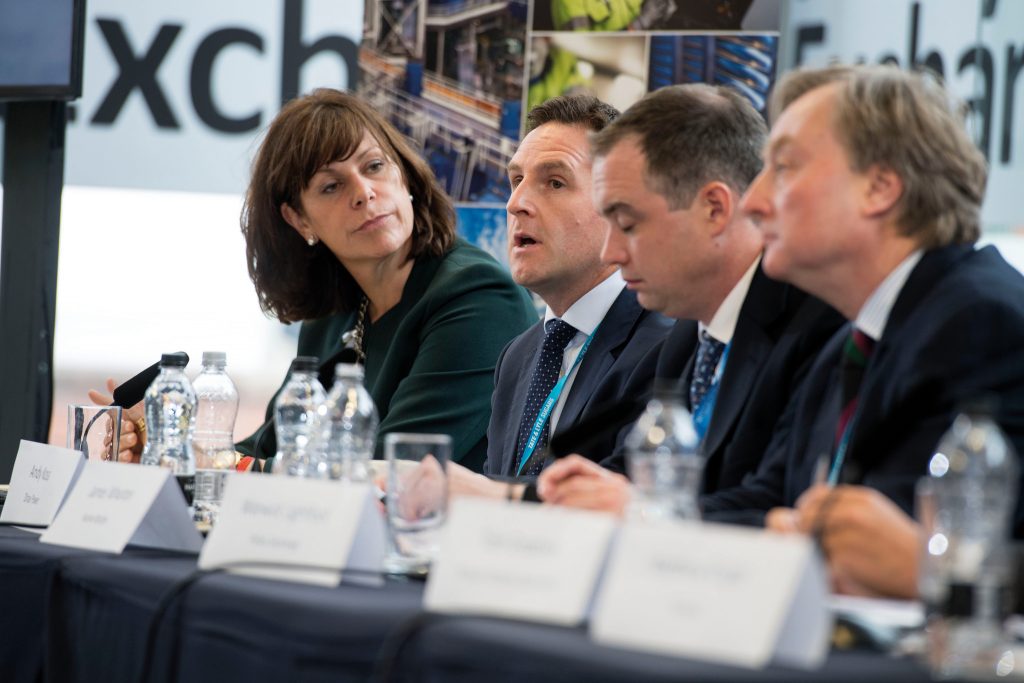
We engage with stakeholders regularly and build relationships with partners to raise our standards and maximise what can be achieved. Our collaborations align closely with our business, purpose and strategy.

In 2017, we initiated a process which will allow us to participate in the United Nations Global Compact (UNGC) a global sustainability initiative and we will evidence progress next year. We made progress in preparing for participation outlined in the following sections:

We seek to safeguard fundamental human rights for our employees, contractors and anyone that is affected by our business. We ensure that our suppliers apply high standards to protect human rights.

We have policies and standards in place to safeguard our employees and contractors. We respect our employees’ rights in areas such as freedom of association and collective bargaining and we do not tolerate forced, compulsory or child labour. We are committed to providing a safe and healthy workplace for all our people and we strive to prevent discrimination and promote diversity in our workforce.

As a generator and supplier of electricity, we take our responsibility to protect the environment very seriously. We have transformed our generation business and are seeking to further reduce our environmental impact. We focus on reducing our emissions to air, discharges to water, disposal of waste, and on protecting biodiversity and using natural resources responsibly. We have invested heavily in lower-carbon technology as we continue to transition away from coal to renewable and lower-carbon fuels.
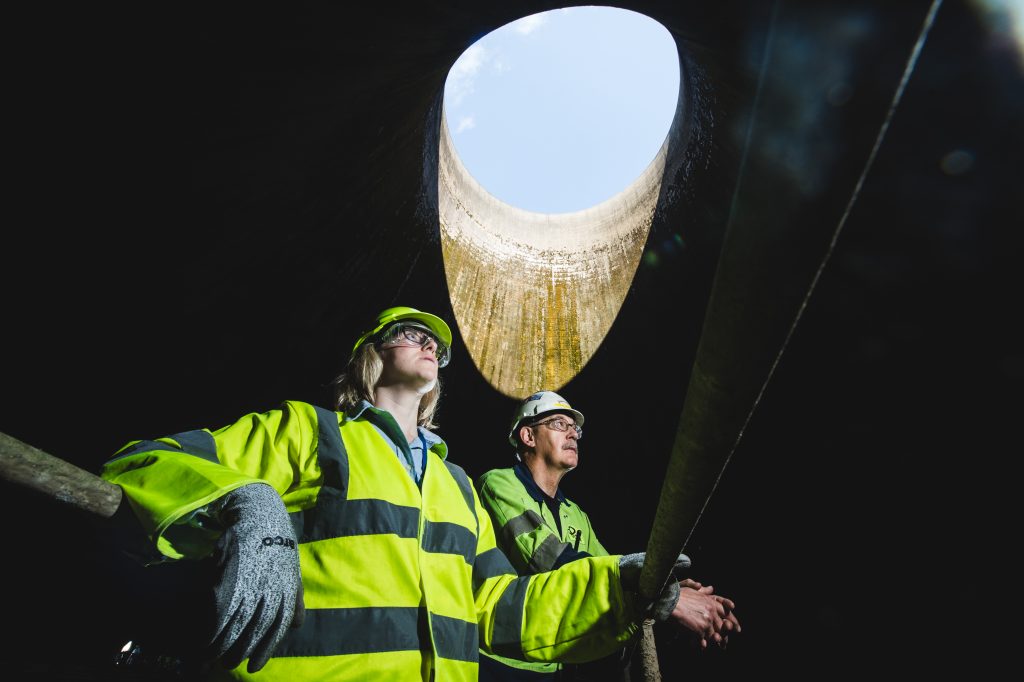
We do not tolerate any forms of bribery, corruption or improper business conduct. Our “Doing the Right Thing” framework sets out the ethical principles our people must uphold, which is supported by the Group corporate crime policy. Our strict ethical business principles apply to all employees and contractors and we expect the same high standards from anyone we do business with.
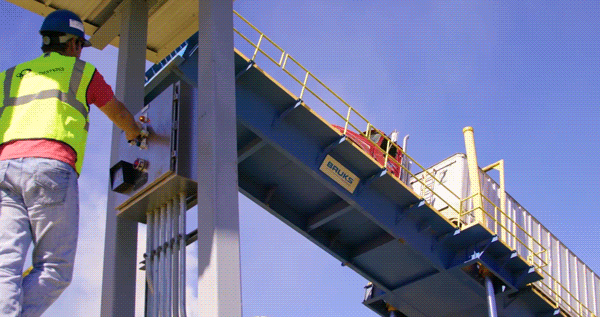
We have increased the capacity at Drax Biomass Amite and Morehouse pellet plants to increase capacity and made them more greenhouse gas (GHG) efficient. Central to the projects was the addition of storage silos and handling equipment to allow increased use of dry shavings and other mill residuals. The developments included the addition of an extra truck dump at each facility to allow delivery of increased volumes of these feedstocks.
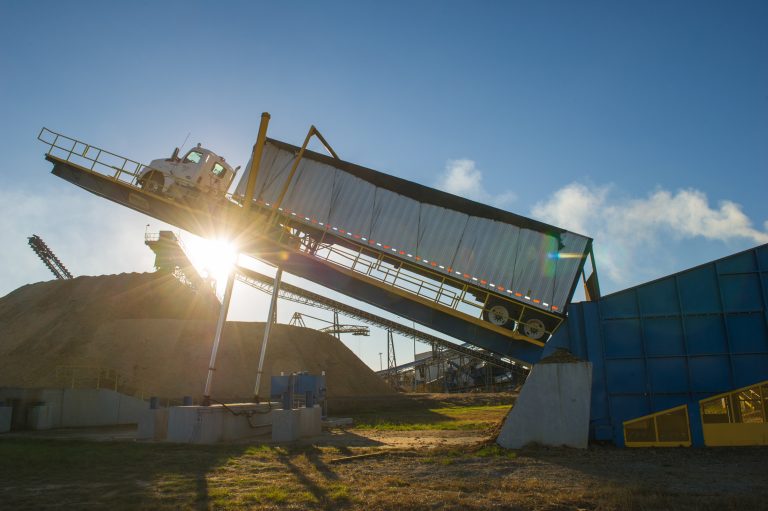
Use of mill residuals and dry shavings reduces the energy required to make a pellet, as such material does not need to be de-barked, chipped and re-sized in the same way as roundwood. Some of the material has a low moisture content and is therefore able to enter the process after the dryer, which effectively increases the capacity of each plant. This drives down the average GHG emission per tonne of pellets produced. A key measure of this is the KWh of electricity per tonne of pellets, and we saw this reduce by about 10% in the final months of the year compared with the start of the year, with further savings anticipated.
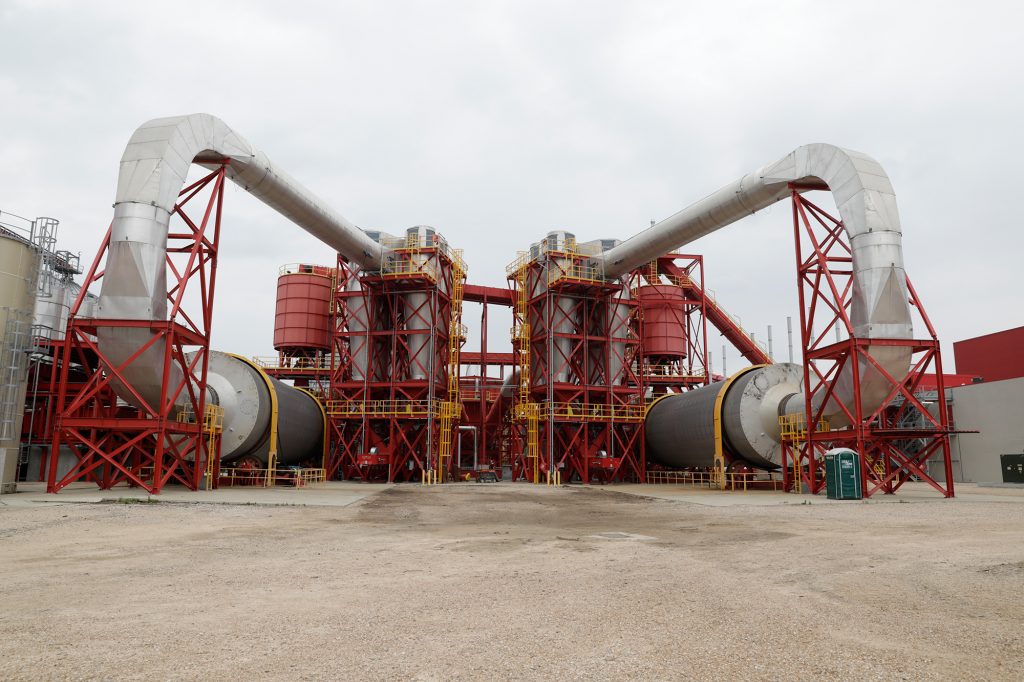
LaSalle BioEnergy in Louisiana
At LaSalle, a significant amount of our investment is going into allowing pellets to be transported to the port by rail, rather than truck. For the 250 km trip to Baton Rouge, a significant carbon saving compared to trucks will be achieved when LaSalle reaches its capacity of 450,000 tonnes per year. Moving pellets by rail should start in the next year.
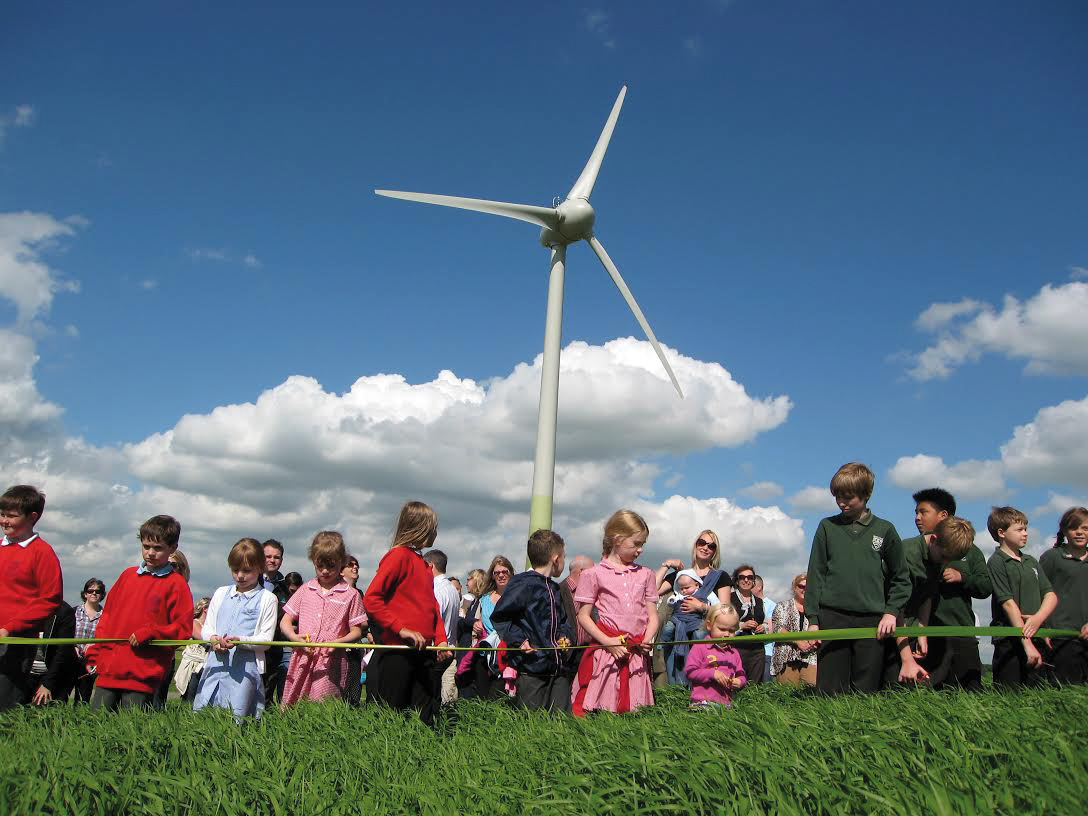
Gamlingay Community Turbine is situated just outside the village of Gamlingay, Cambridgeshire. It is an enterprise privately funded by local residents and businesses. The village installed the turbine for three reasons: to reduce its carbon footprint; to raise money for the community by selling the turbine’s power; and to create a good investment opportunity for individuals and businesses in the area.
Opus Energy offers to purchase power at market-leading prices. The team behind the Community Turbine were seeking a high level of customer service, which is why they chose to sell their power to Opus Energy. Mr Brettle, a director of the project, comments:
“It really came down to how easy it was to talk to Opus Energy. We’re all people with day jobs so don’t have much spare time, and we’re certainly not experts in this area! Opus Energy helped us cut through the jargon and gave us confidence that nothing horrible will happen because we’d missed some technical detail. They made the entire process simple from start to finish.”
Gamlingay Community Turbine Ltd will give 10% of the net income, after all running costs, to a community fund. This will enable them to create a long-term income stream for the local area which will be used to support environmentally friendly projects for the benefit of the whole community.
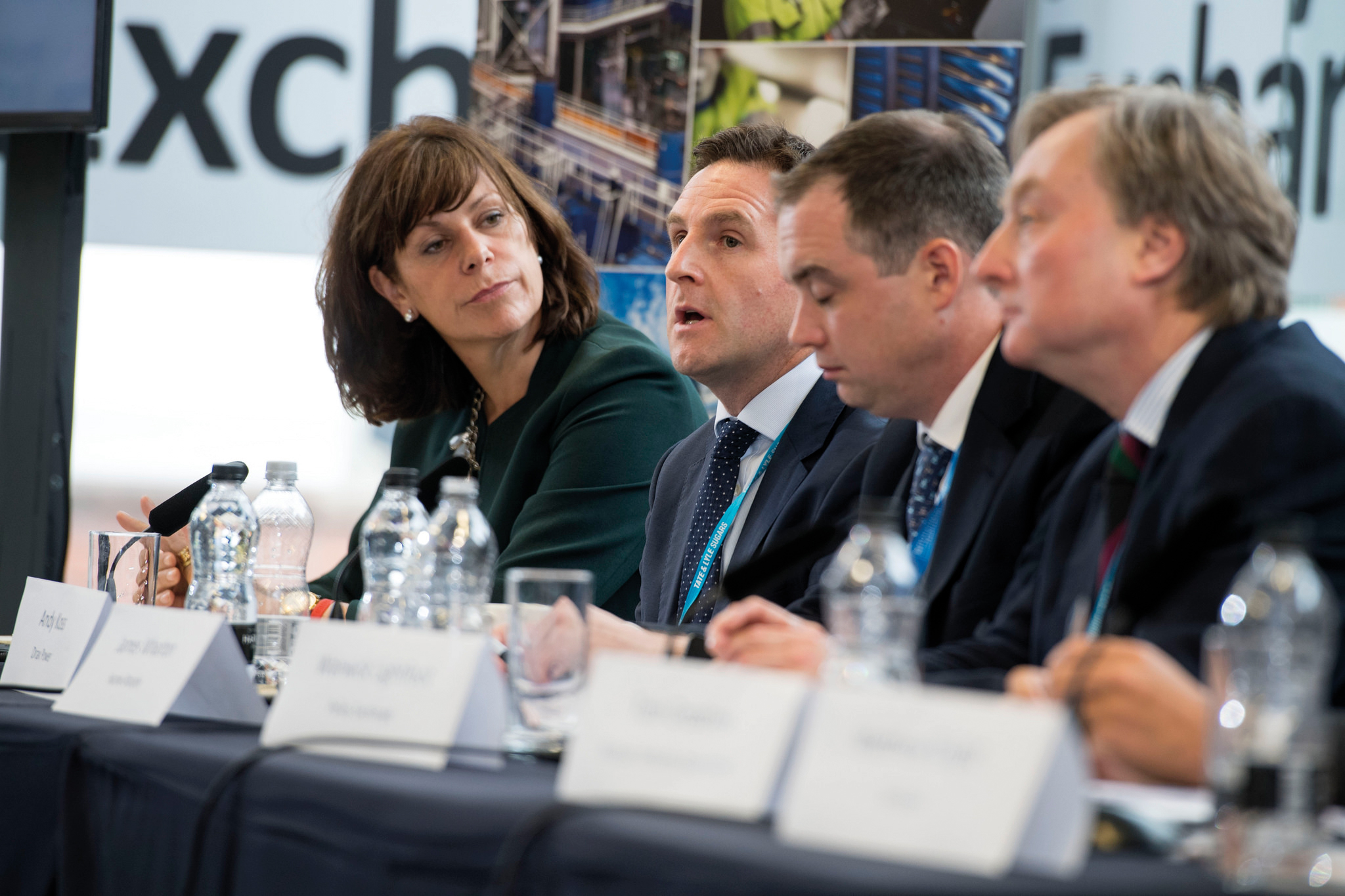
As a company with a strong Yorkshire heritage, we are passionate about supporting the economy of the North of England and promoting the role of the energy sector within it.
That is why we play an active role in the Northern Powerhouse Programme and regularly meet with regional bodies such as Transport for the North and Local Enterprise Partnerships.
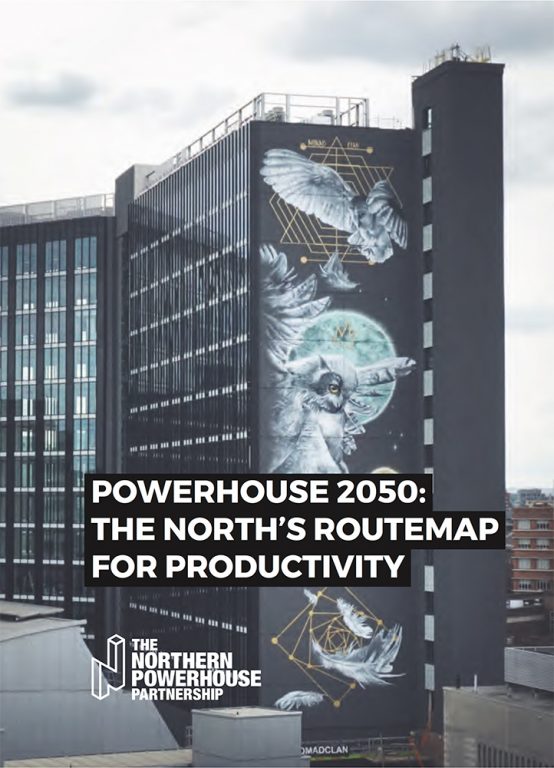 We are also represented on the board of the Northern Powerhouse Partnership, a group of leading northern businesses and civic leaders committed to maximising the economic potential of the North.
We are also represented on the board of the Northern Powerhouse Partnership, a group of leading northern businesses and civic leaders committed to maximising the economic potential of the North.
As part of our work with the Partnership, the CEO of Drax Power, Andy Koss, chaired five workshops focusing on the opportunities and challenges facing the energy sector in the North. Over 100 people attended the workshops in York, Hull, Warrington, Lancaster and Carlisle, which brought together industry experts, local authorities and community groups.
The workshops informed a report published by the Partnership in September 2017, Powerhouse 2050: Transforming the North, which recommended several policy interventions to address the North’s productivity gap and create an extra 850,000 jobs by 2050.